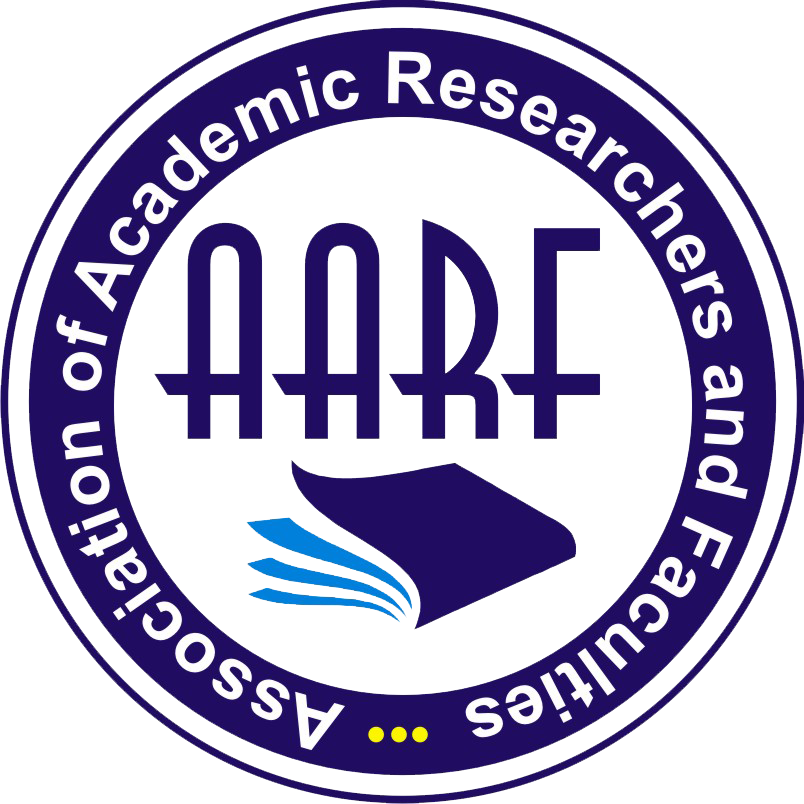
- Current Issue
- Past Issues
- Conference Proceedings
- Submit Manuscript
- Join Our Editorial Team
- Join as a Member

| S.No | Particular | Page No. | |
|---|---|---|---|
| 1 |
Dr. Gurdev SinghAbstract: Toni Morrison’s Beloved (1988) grows out of the historical context of American slavery and reconstruction. It embodies a response to the Fugitive Slave Law to which Sethe, the chief female protagonist of the novel, falls a prey in 1855. The Fugitive slaves were those who had run away from slave masters in the south and found haven in the northern and border states. The Fugitive Slave Law, enacted by the Congress, empowered the slave masters to reclaim their property i.e. the runaways. Sethe, a runaway slave, who is the chief female protagonist in Beloved slits her baby’s throat rather than see her sold as a slave when her slave master comes to reclaim her and her children. Sethe is the fictional representation of Margaret Garner, who in 1851, had escaped with her children from her master in Kentucky to Ohio. When she and her children were about to be reclaimed by the slave master, she tried to kill her children rather than return them to a life of slavery. She succeeded in killing one of the children and was imprisoned for infanticide.\r\n |
|
1-13 |
| 2 |
Dr BarkhaAbstract: Sericulture also know as Silk forming where the silk worm arereared to produce silk .There are various of silk production all over the world.This research paper aims to provide a comprehensive comparative study of raw silk production in pilibhit district, examining the key determinants that influence silk production in the region and their implications on the local economy. The study utilizes both primary and secondary data from various sources, including government reports, scholarly articles, and interviews with local silk producers. The findings highlight the significant role of socioeconomic factors, agricultural practices, technological advancements, and government policies in shaping raw silk production in Pilibhit district. The study offers valuable insights for policymakers, researchers, and industry stakeholders to understand the dynamics of silk production and suggest appropriate strategies for its sustainable growth. |
|
14-19 |
| 3 |
Kanika LakhanpalAbstract: Geography, the study of the Earth's surface, its features, and the relationships between humans and their environment, plays a pivotal role in effective natural disaster management. It provides a comprehensive understanding of the underlying factors that contribute to disasters, enabling policymakers and emergency responders to anticipate, mitigate, and respond to these events more effectively. Natural disasters, such as earthquakes, hurricanes, floods, and wildfires, are an inevitable part of our planet's dynamic processes. While these events cannot be entirely prevented, their impact can be significantly mitigated through effective disaster management strategies. This paper will explore the key components of effective natural disaster management, including preparedness, response, recovery, and mitigation. Preparedness is the cornerstone of effective disaster management. It involves anticipating potential risks, developing contingency plans, and educating the public about safety measures. Governments, communities, and individuals should work together to identify vulnerable areas, assess potential hazards, and create evacuation routes. Early warning systems, such as weather alerts and seismic monitoring, are essential tools for providing timely information to the public. Additionally, stockpiling essential supplies, such as food, water, and medical equipment, can help ensure the well-being of affected populations during and after a disaster. |
|
24-31 |
| 4 |
GARIMA1, DR. NARENDRA KUMAR2Abstract: This research explores the role of calligraphy across ancient and modern artistic landscapes through a qualitative analysis of scholarly literature and cultural texts. The study examines the historical evolution, cultural significance, and contemporary manifestations of calligraphy across diverse civilizations, including China, the Islamic world, and Western traditions. Findings reveal calligraphy's integral role in shaping cultural identities, preserving traditions, and inspiring artistic innovation. The analysis highlights the adaptability of calligraphy in contemporary design practices and its transformative impact on visual aesthetics and cultural discourse. Through a nuanced exploration of historical insights and contemporary perspectives, this research contributes to a deeper understanding of calligraphy's enduring relevance as a dynamic form of cultural expression and artistic innovation. |
|
20-23 |
| 5 |
Dr Alka SharmaAbstract: This paper analyses Girish Karnad’s Tughlaq as a political allegory, connecting the historical reign of Muhammad Tughlaq with the socio-political realities of post-independence and contemporary India. While rooted in the Sultanate era, the play reflects the political disillusionment that followed the Nehru era of idealism. Tughlaq is portrayed as an intelligent yet impractical visionary whose lofty ideals such as justice, equality and secular harmony collapse due to his detachment from the people, political and manipulative surroundings. Parallels are drawn between Tughlaq’s governance and Jawaharlal Nehru’s post-independence policies, particularly their shared idealism, centralised vision, and failure to address grassroots realities. The analysis explores key characters such as Aziz, Aazam, Najib, and the step-mother as representations of corruption and political intrigue, mirroring the power struggles, moral decay, and misuse of religion in modern Indian politics. The paper further examines how Karnad’s narrative critiques the nexus between politics and religion, the erosion of moral values and the perpetuation of systemic corruption. By drawing connections between the historical events in Tughlaq and present-day political and social realities, the study underscores the play’s enduring relevance as a commentary on leadership, governance and the cyclical nature of political failure in India. |
|
32-35 |





















